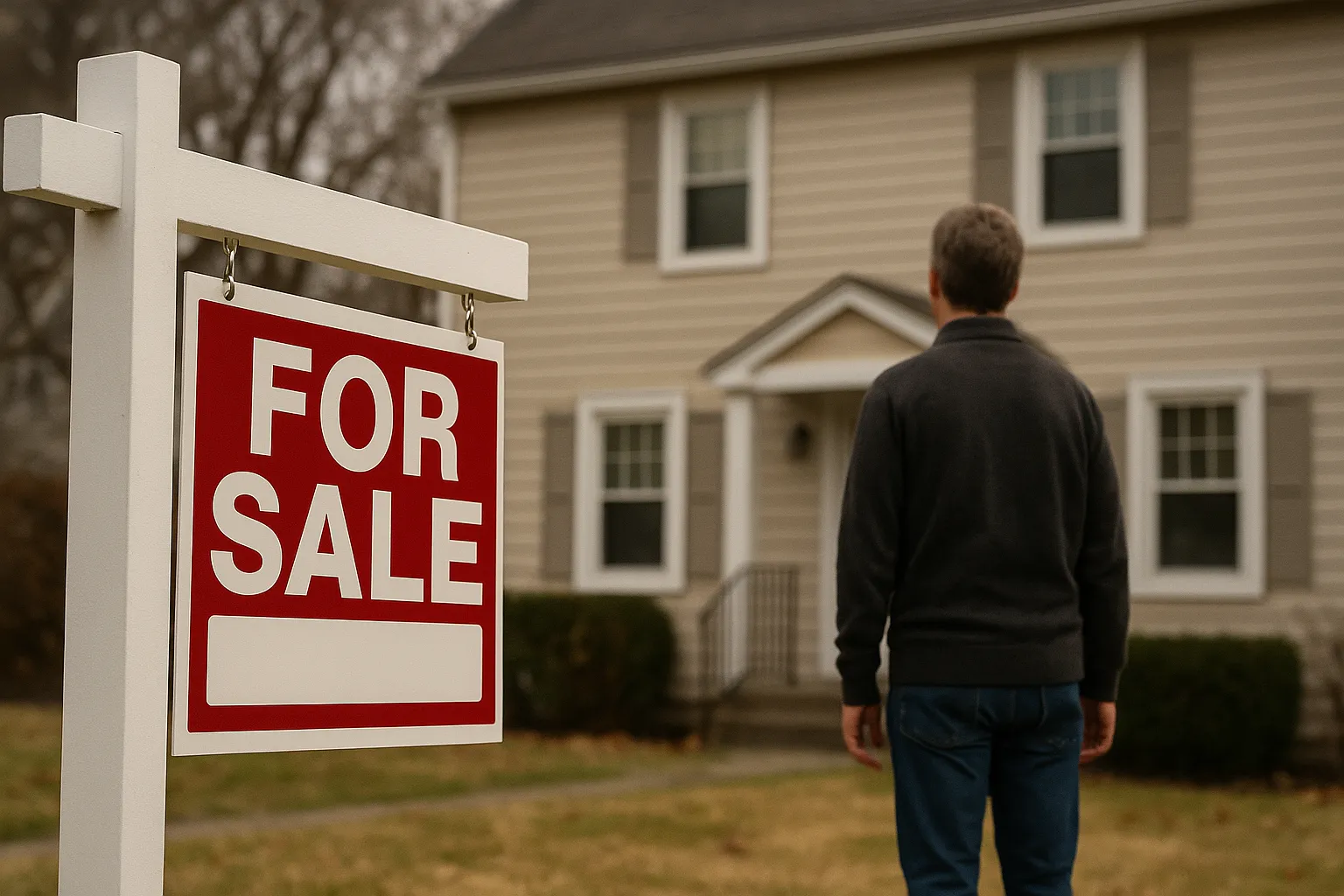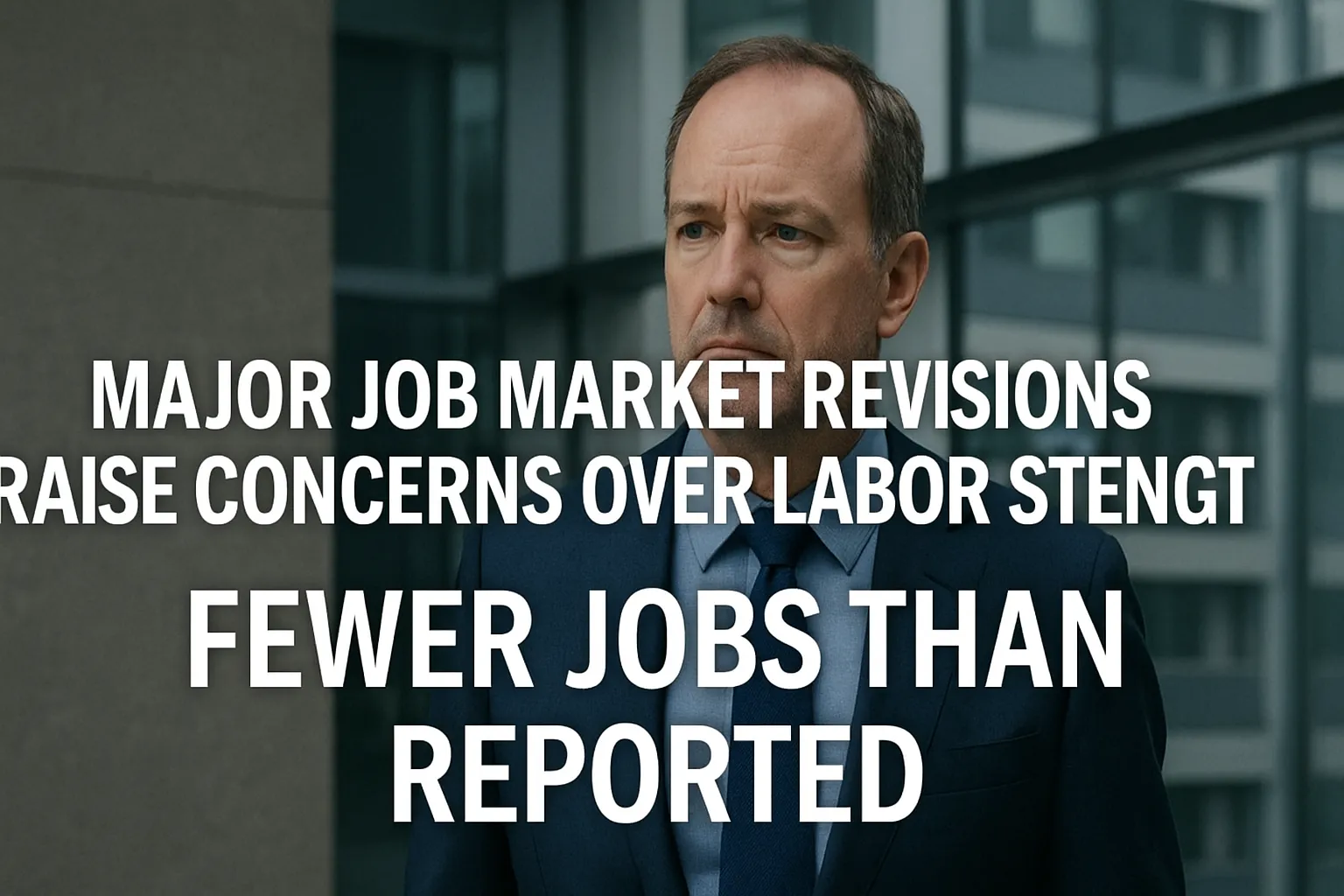Fewer Nepo Homebuyers Spell Trouble for U.S. Housing Market
18.09.2025
The Decline of Nepo Homebuyers: What It Means for America’s Housing Market
Parents as the First Lenders
For years, Jean and her husband dreamed of helping their three children become homeowners. In their mid-60s now, they managed to save enough to gift down payment support to their first two kids. When their youngest daughter found a house outside Peoria, Illinois, the Frohlings went even further — they purchased the $186,000 property in cash.
“We thought it gave her a stronger offer and a smoother start,” Jean explained.
Such stories echo across the country. Parents — often dubbed the “bank of mom and dad” — have long been instrumental in giving first-time buyers a boost.
From “Nepo Babies” to “Nepo Buyers”
The idea of “nepo babies” dominates pop culture, but nepotism extends far beyond Hollywood. Real estate has long relied on family assistance: for decades, nearly one-third of first-time buyers got money from relatives or friends, according to the National Association of Realtors (NAR). Even about 16% of all homebuyers leaned on family help.
Given today’s soaring home prices and mortgage rates near 6.5%, it would seem logical for parental support to be at record highs. Baby boomers, after all, hold trillions in home equity and investments. Yet data tells a different story: in 2024, only 25% of first-time buyers reported family assistance — down sharply from past averages.
Why the Decline?
Experts say the shift isn’t about parents cutting back. Instead, the buyer pool has changed. New homeowners are older, wealthier, and more financially independent than in decades past. The median age for a first-time buyer hit 38 in 2023 — the highest since records began in 1981. Their median household income was nearly $97,000, up dramatically in just two years.
“With older buyers entering the market, it’s less common — and often less comfortable — to ask parents for help,” says Jessica Lautz, deputy chief economist at NAR. Younger millennials still lean on family gifts at about double the rate of older peers, but as buyers delay homeownership, dependence fades.
Market Pressures Behind the Numbers
The affordability crisis has made homeownership feel out of reach for many. Home prices are up more than 35% since 2020, and incomes haven’t kept pace. A Bankrate analysis found that the income needed to afford a median home has surged from $78,000 pre-pandemic to nearly $117,000 today.
Mortgage officers note the decline in family gifts peaked during the frenzied 2020–2021 market. Parents raced to help their kids “get in before it was too late.” Since then, with higher rates, buyers have been more cautious — and those who succeed are usually better funded.

Consequences for the Next Generation
The decline of “nepo buyers” highlights a deeper problem: delayed entry into homeownership. Older first-time buyers miss out on years of equity growth, widening the wealth gap between “haves” and “have-nots.” With fewer young families buying early, the market risks entrenching inequality.
Still, family support hasn’t disappeared. Loan officers estimate that about 20% of first-time buyers in some markets still rely on gifts to strengthen offers. Sometimes, as with the Frohlings’ daughter, children refinance later to pay parents back.
More Than Just Cash
Even without direct down payment help, parents shape outcomes in subtle ways — covering college tuition so kids graduate debt-free, letting them live at home rent-free, or passing on financial knowledge. Still, nothing compares to the power of cash in a competitive housing market.
“I see fewer family gifts today,” says one California loan officer. “And that tells me it’s not that kids don’t need help — it’s that the buyers left standing are wealthier, older, and more independent.”
The Bigger Picture
The falloff in nepo buyers is both good news and bad. On the one hand, it suggests that some new buyers can stand on their own. On the other, it underscores how America’s housing ladder is becoming steeper, with fewer young people able to climb it at all.
For many families, the “bank of mom and dad” is still open. But as the numbers shrink, the future of homeownership may increasingly belong to those who can wait — and those who can already afford to buy without help.






Leave a Comments